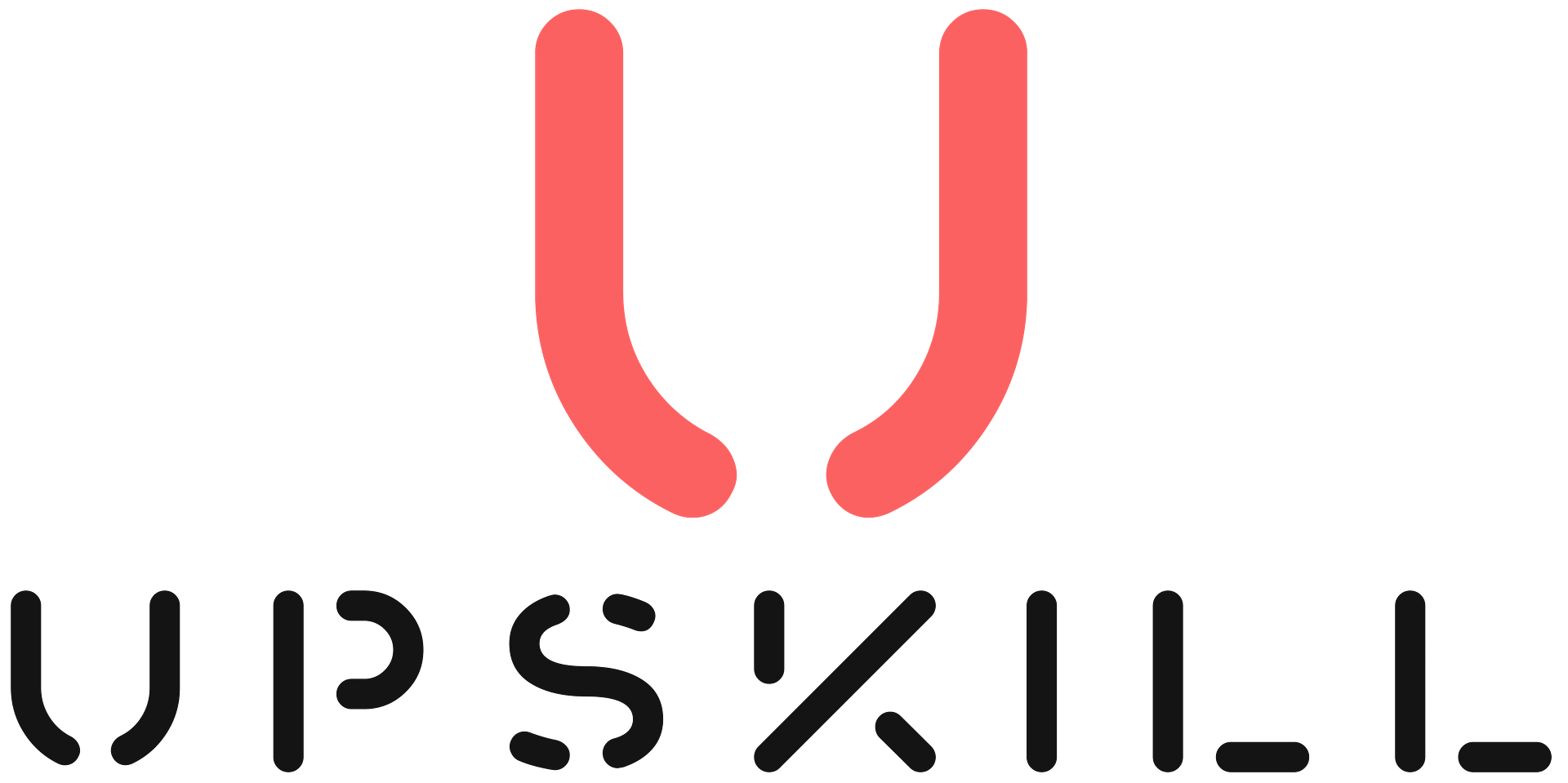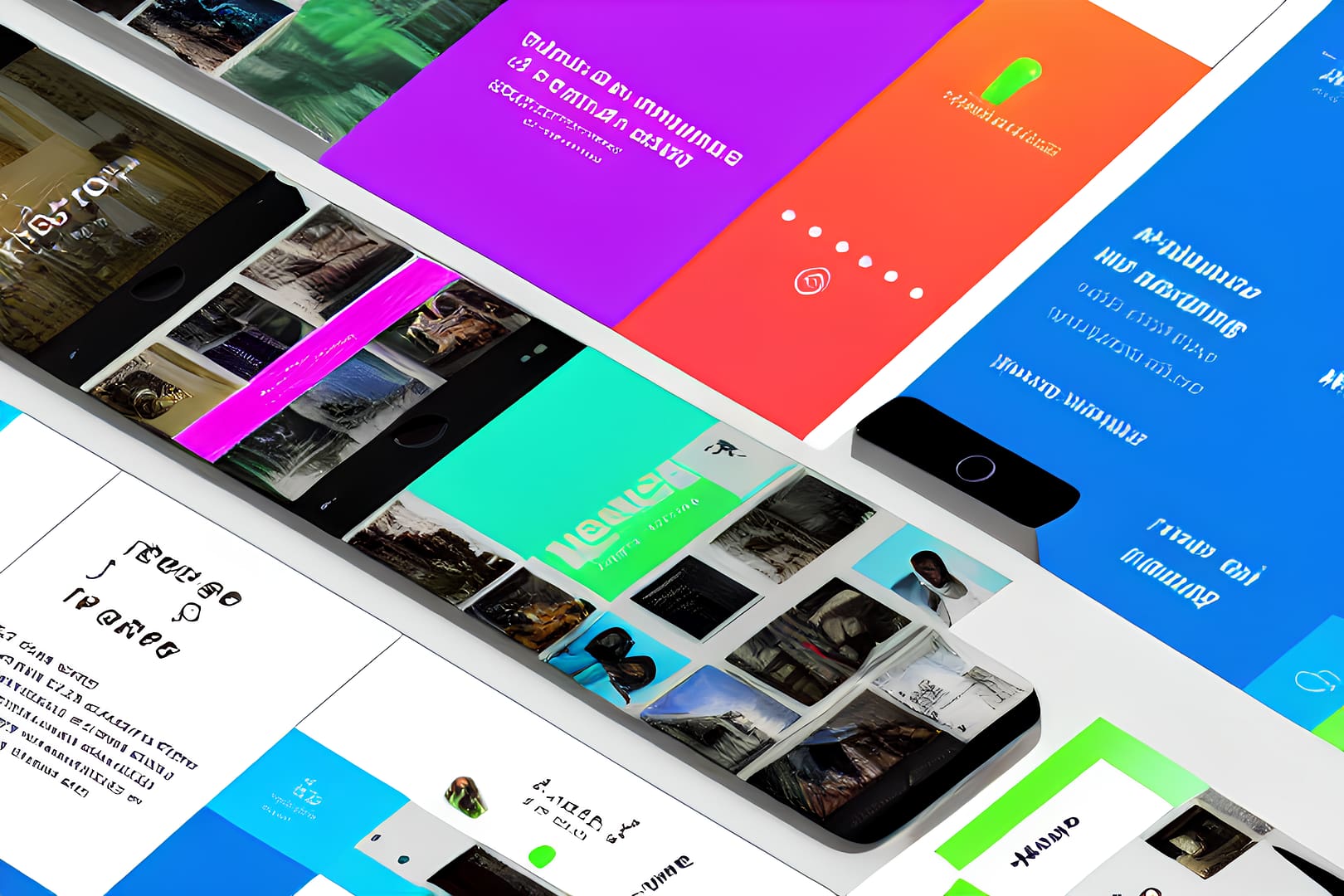Web3 applications, or dApps, are decentralized applications that operate on a blockchain or decentralized network. They offer a number of advantages over traditional web applications, including increased security, transparency, and autonomy. In this article, we will explore some examples of how Web3 applications are being used in various industries.
Table of Contents
dApps
dApps are decentralized applications that operate on a blockchain or decentralized network. They offer a number of advantages over traditional web applications, including increased security, transparency, and autonomy. Here are some examples of dApps in various industries:
- Gaming: Cryptokitties is a popular dApp that allows users to collect, breed, and trade virtual cats. Each cat is unique and stored on the Ethereum blockchain, making them rare and valuable.
- Social media: Steemit is a decentralized social media platform that rewards users for creating and curating content. Users can earn Steem, a cryptocurrency, for their contributions to the platform.
- Marketplaces: OpenBazaar is a decentralized marketplace that allows users to buy and sell goods and services directly, without intermediaries such as eBay or Amazon.
- Voting: Follow My Vote is a dApp that uses blockchain technology to enable secure and transparent online voting.
DeFi
Decentralized Finance, or DeFi, refers to the use of decentralized protocols and smart contracts to enable financial services and transactions. DeFi has the potential to disrupt traditional financial institutions by offering a more transparent, secure, and accessible alternative. Here are some examples of DeFi applications:
- Lending and borrowing: Nexo is a DeFi platform that allows users to lend or borrow cryptocurrency using their digital assets as collateral.
- Trading: 0x is a decentralized exchange (DEX) that allows users to buy and sell cryptocurrencies directly, without the need for a central exchange.
- Stablecoins: MakerDAO is a DeFi platform that offers stablecoins, which are cryptocurrencies that are pegged to the value of a real-world asset such as the US dollar.
Decentralized Identity Management
One of the key benefits of Web3 applications is the ability to manage and verify identities in a decentralized way. Traditional systems often rely on centralized authorities to verify identities, which can be vulnerable to fraud and data breaches. With decentralized identity management, users can have more control over their personal information and can choose which identity verification methods they want to use. Here are some examples of decentralized identity management applications:
- SelfKey: SelfKey is a decentralized identity management system that allows users to control their own personal data and identity verification processes. It allows users to create a digital identity and securely store their personal information, such as passport details and bank account information.
- uPort: uPort is a decentralized identity platform that allows users to create a self-sovereign identity that they can use to access Web3 applications and services. It allows users to store and manage their personal information and credentials in a secure and private way.
- Civic: Civic is a decentralized identity verification platform that allows users to securely and privately verify their identity for a variety of purposes, such as accessing financial services or renting a car.
Decentralized content distribution
Another area where Web3 applications are having a significant impact is in the distribution of content. Traditional content distribution systems, such as centralized social media platforms and streaming services, often have significant control over what content is distributed and how it is monetized. With decentralized content distribution, users can have more control over their own content and can choose how they want to monetize it.
Examples of decentralized content distribution:
- Decentraland: Decentraland is a decentralized virtual reality platform that allows users to create, experience, and monetize content. It uses blockchain technology to manage ownership and access rights to virtual real estate and content.
- Steem: Steem is a decentralized content distribution platform that allows users to create and share content, such as articles, videos, and images. Users can earn rewards for creating and curating high-quality content, and can use these rewards to buy goods and services or to support other creators.
- DLive: DLive is a decentralized live streaming platform that allows users to monetize their content through donations and subscriptions. It uses a blockchain-based rewards system to fairly distribute earnings to creators.
- Flixxo: Flixxo is a decentralized video streaming platform that allows users to create and share videos, and to earn rewards for their content. It uses a token-based system to fairly distribute earnings to creators and to enable transactions within the platform.
Conclusion
Web3 applications are revolutionizing the way we interact with the internet and with each other. From decentralized finance and governance to identity management and content distribution, these applications are empowering users to take control of their data and to participate in new and innovative ways. As Web3 technology continues to evolve, it is likely that we will see even more exciting and transformative applications in the future.



